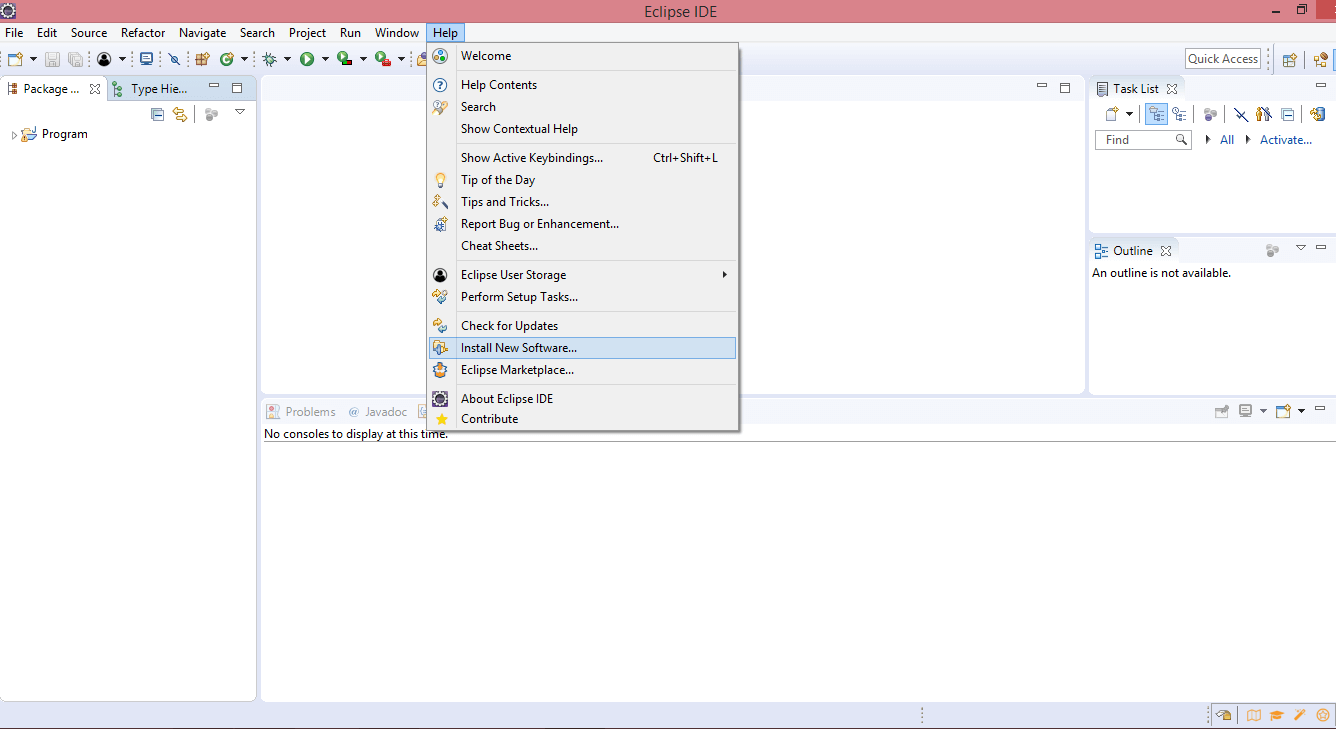
Once the download is complete, you can launch the ‘eclipse.exe’. Selenium Java Client Driver with TestNG Once this is done, you can also download the Selenium Java Client Driver. It should have a default implementation for configuration methods. The next step lets you be sure of whether the file is being created or not. If there is no implementation, then the exception will be thrown. Every method which is chosen on this page will be working as a new TestNG class. There will be the option present to select the ones that you need to test. If there is a Java file already open, then the Java File that is selected in the Navigator will be displaying all public methods. To create a new TestNG class, you can go to the select menu as File -> New -> TestNG. Once the installation is complete, you can create your own TestNG class. Expand the Java folder, and you will be able to see if TestNG is installed properly. Step 3: In the results, you will get TestNG. Step 2: In the Eclipse Marketplace, search for TestNG and click on the search button. Step 1: Launch Eclipse and click on the menu bar -> Help. Instead of Using the Web link, you can use ‘Eclipse Marketplace’ to get TestNGįollow the below steps to complete the installation by using this method. Step 7: To get the license, click on ‘I accept the terms of license agreement’ and then click on the ‘Finish’ button.

If you find everything to be OK, then you can continue by clicking on ‘Next’. Step 6: Once this step completes, it will ask to review the installation process. In most cases, it will be successfully installed. If all these requirements are good, then it will prompt you to install the software before continuing with TestNG. Step 5: After this, the requirement and dependencies will be checked before the installation is started. Select the checkbox which mentions TestNG and clicks on the ‘Next button. Step 4: Once this is done, you will be displayed the software available on the mentioned URL.

Step 3: Once this link is added, it will be displayed, and you can enter the name as ’TestNG.’

Here enter the URL: () and then click on Add button. Step 2: A new window will open, which will have the ‘Work with:’ field.


 0 kommentar(er)
0 kommentar(er)
